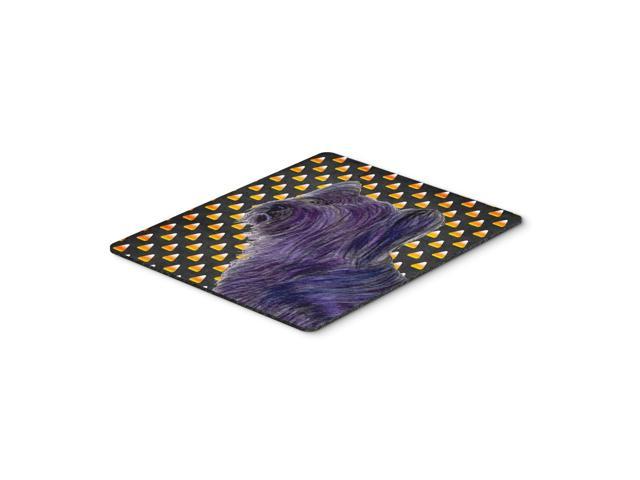This book is the first to address the field of structurally integrated fiber optic sensors. Fiber optic sensors embedded within materials and systems are able to measure a variety of parameters (i.e. temperature, vibration, deformation, strain, etc.) that allows for real time non-destructive evaluation. Examples include the following: monitoring structural fatigue in aging aircraft or loads in bridge structures. In more advanced applications, fiber optic sensors control actuators that allow materials to adapt to their environment. This gives rise to the names, “smart,” “intelligent,” and/or “adaptive” materials or structures. Structural Monitoring with Fiber Optic Technology is the firs single author book on the new field of fiber optic structural sensing. As such it provides: coverage of the fundamentals of the technology, a coherent and systematic discussion on the most important aspects of the subject, a broad view of the subject, while retaining a degree of focus on those advances most significant in terms of their future potential, particularly in regard to broad implementation of the technology. The book provides an introduction to the relevant value to structural monitoring. It also highlights the advantages of fiber optic based sensors over conventional electrical measurement technology. The book richly illustrates the subject matter with 615 figures and provides many examples of fiber optic structural sensing, including a detailed overview of a number of major field site applications. Most of these large scale applications are drawn from the civil engineering community as they have been the first to strongly embrace fiber optic structural monitoring. This is especially true for bridges, where innovative new designs and the use of fiber reinforced polymer composite materials to replace steel represents a major advance that is expected to revolutionize the construction industry. Examples include new bridges, which are serving as testbeds for these new materials















